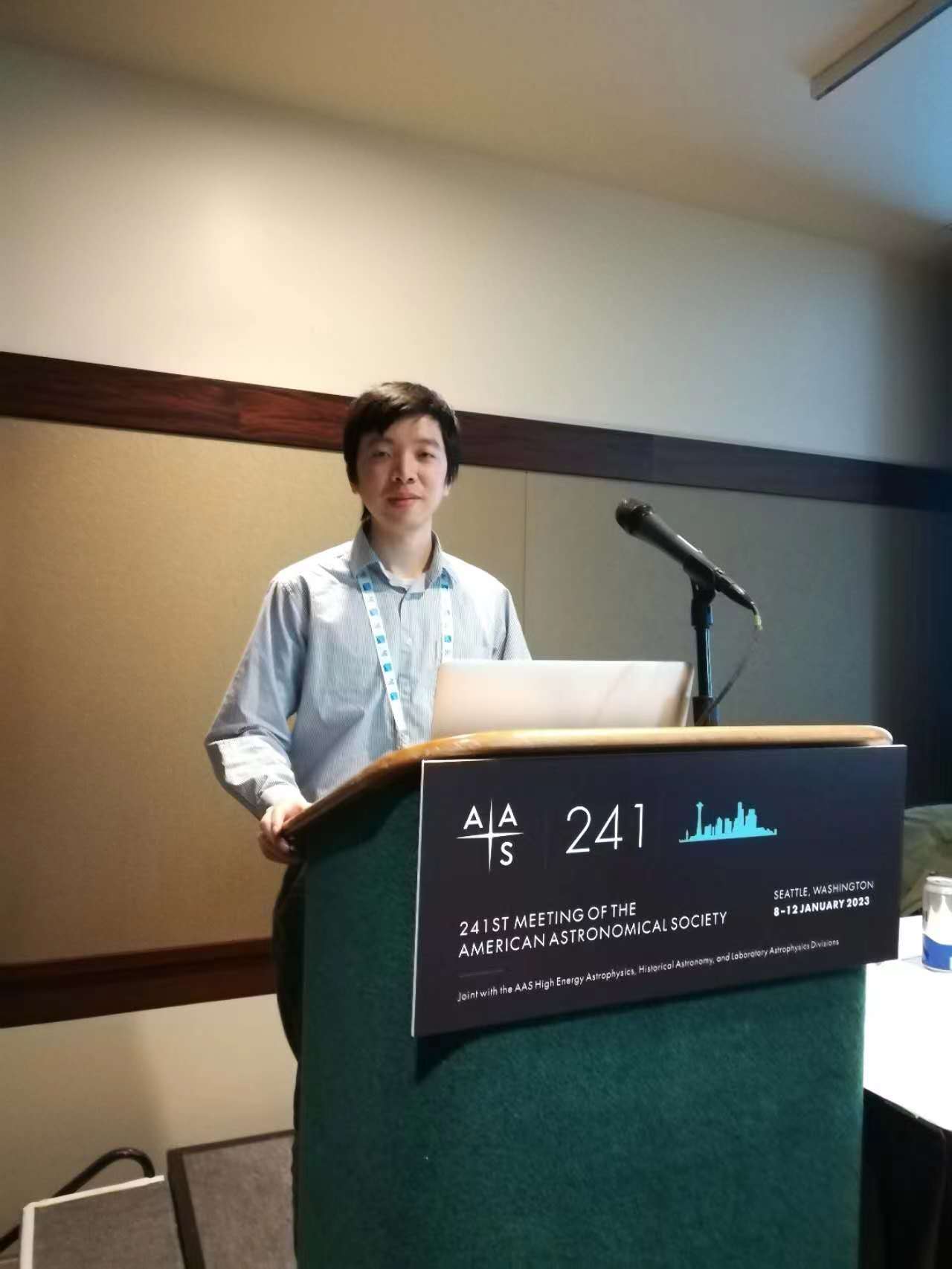Abstract:
As an important tracer of star formations and chemical enrichment in galaxies, HII regions play a fundamental role in our understanding of galaxy evolution. To infer the physical conditions of HII regions in galaxies, many diagnostic methods based on the emission-line spectra of the ionized gas have been proposed. Meanwhile, people have constructed theoretical models to describe the ionization and evolution of HII regions. However, there is increasing evidence that realistic HII regions have intrinsic complexities not fully characterized by current models. In this talk, I introduce a multidimensional nebular diagnostic method to compare theoretical photoionization models of HII regions with observations from the SDSS-IV MaNGA survey. The multidimensional view provides a solution for the discrepant correlations between the derived metallicity and ionization parameter in observations, which provides new clues for the ionization structures of HII regions. In addition, our new method reveals the need to consider multiple components in modeling dust attenuation when individual HII regions are not spatially resolved in observations. As the next step, we plan to use spectroscopic observations with high spatial and spectral resolutions to further understand the ionization structures and dust geometry within HII regions.

